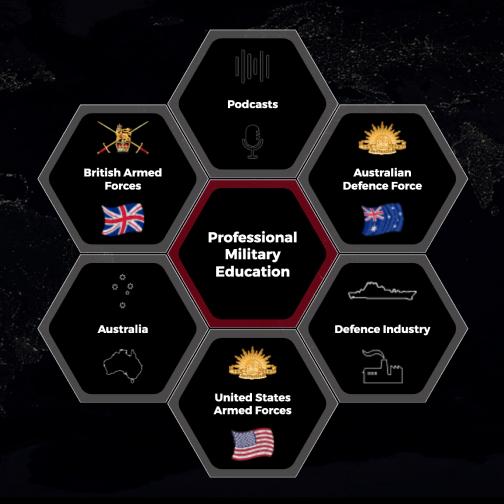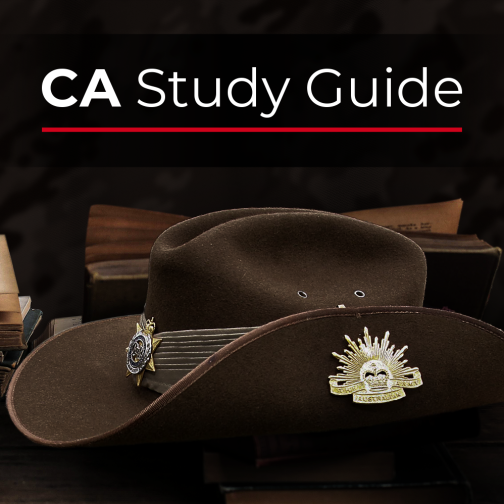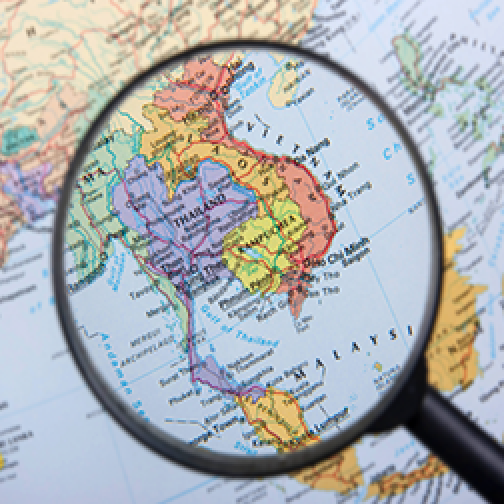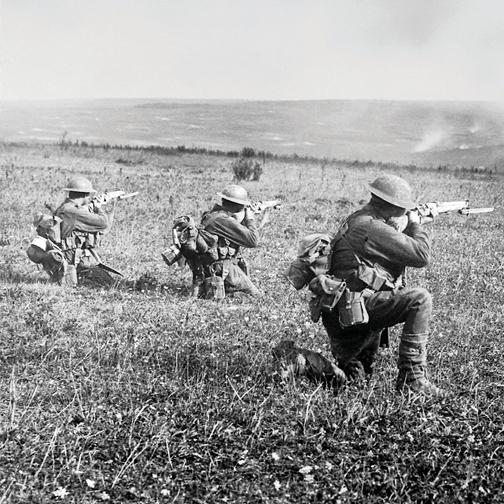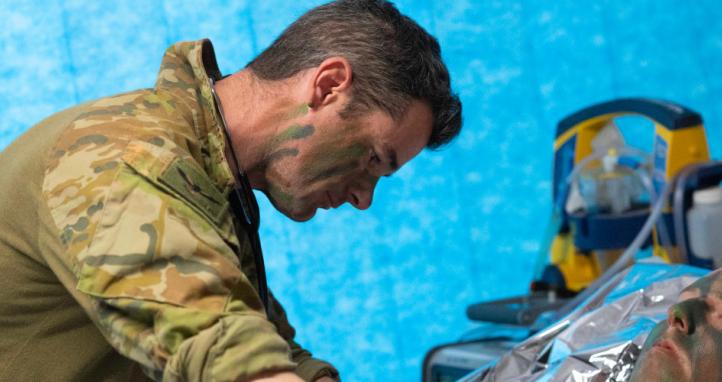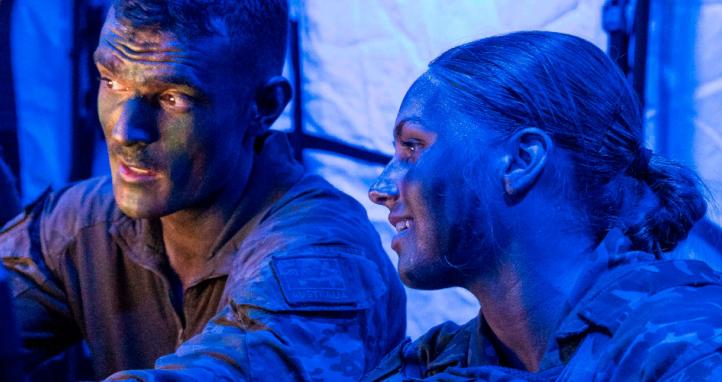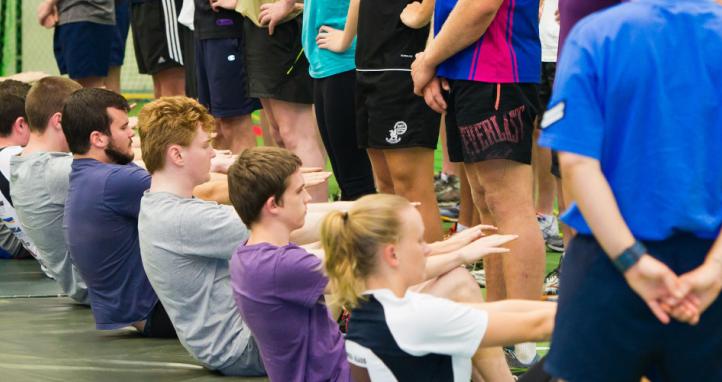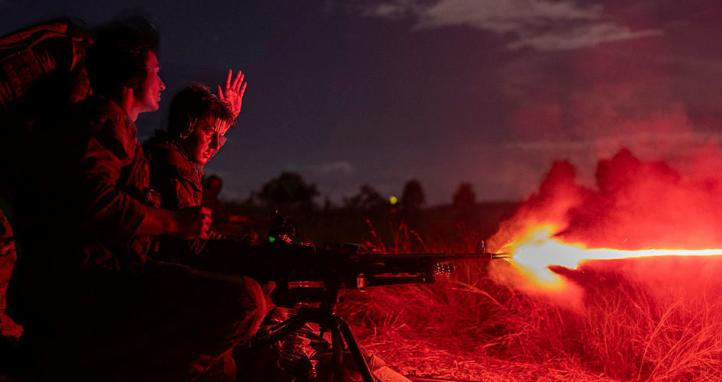In training, the small details often leave the biggest impact. It is the subtle, unquantifiable minutiae that help soldiers connect theory to practice – learning not just procedures but nuanced decision-making in complex, high-stakes environments. Realistically staged training scenarios also serve as a form of stress inoculation, ensuring soldiers are better prepared for the morally confronting scenes they will encounter in the operational environment.
Achieving detailed scenario realism, however, can often stretch the time and budgetary resources of those developing day-to-day training at the small-unit level. Even in the ADF’s training establishments, instructors struggle to produce the kinds of tailored props and visuals that can bring scenarios to life and create experiences that stick with trainees, setting them up for later success. In recent years, however, this task has become faster, easier, and cheaper with the introduction of generative Artificial Intelligence (AI) tools. Since the start of 2024, the Defence Force School of Policing (DFSP) has been leveraging the power of AI – in particular image generation tools – to enhance trainees’ experiential learning.
This guide is based on the experience of DFSP instructors using AI to support training. It offers practical tips for crafting effective prompts, working with reference images, and addressing challenges unique to AI image generation for military contexts, such as accurately representing materiel. By the end, you’ll have the skills to create engaging and realistic training aids that add complexity to activities and lessons. I will provide examples of what instructors at DFSP have created to support Military Police training, from there it is up to you to apply these lessons to your own activities.
Adding AI Images to Scenarios
Trainee Army MPs conducting their site exploitation summative assessment face a confronting scene. The field training exercise scenario has them deployed to the fictional Southern Belesia as part of a multinational force to combat a well-armed separatist movement acting as a proxy force for Olvana. In addition to the separatists, the trainees must contend with the Tantoco Cartel – a regional criminal network seeking to profit from the conflict.
The site exploitation assessment tasks the MPs to search a Tantoco safe house believed to be a node for drug smuggling. When they enter a dilapidated shipping container at the scene, however, they discover dozens of photographs of women and children. A further search of the location uncovers a box containing identification cards and passports for many of the women in the photographs. The trainees realise this location is not a node for drug smuggling, but people smuggling. Their efforts to gather and preserve intelligence and evidence from the scene contribute to follow-on actions and the broader scenario.
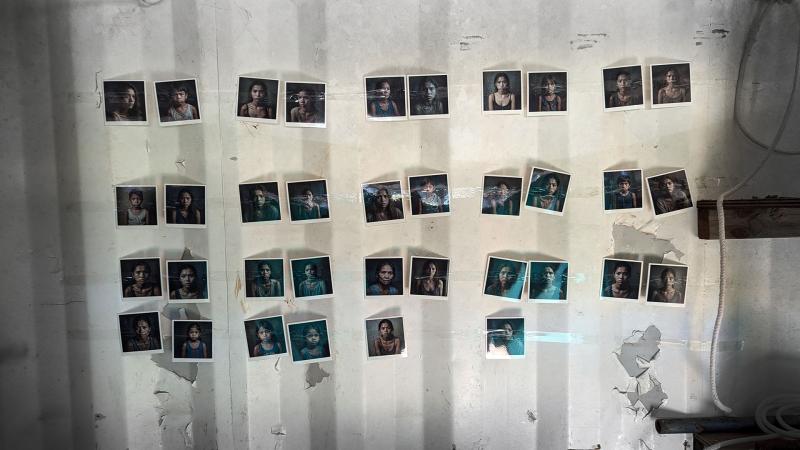
MP trainees undertaking a site exploitation scenario encounter these photographs showing human trafficking victims taped to a wall in a target house – each image is AI generated.
In addition to meeting the site exploitation summative assessment criteria, this scenario incorporates elements of ethical decision making and provides some mild exposure to the confronting realities of human suffering that soldiers may encounter in the operational environment. It is only possible because of AI image generation. The dozens of photographs depicting dishevelled women and children in dark rooms are all AI generated. So too are the ID card images. Trying to achieve a similar effect by manually taking dozens of photographs of staff or role players would be both more time consuming and less immersive.
Searching the internet for such images presents copyright challenges, not to mention the red flags such a search might raise or the risk of further exploiting a real-world vulnerable person. After all, well-intentioned photographers are not flooding the internet with portraits of dishevelled women and children in dark rooms looking miserable.
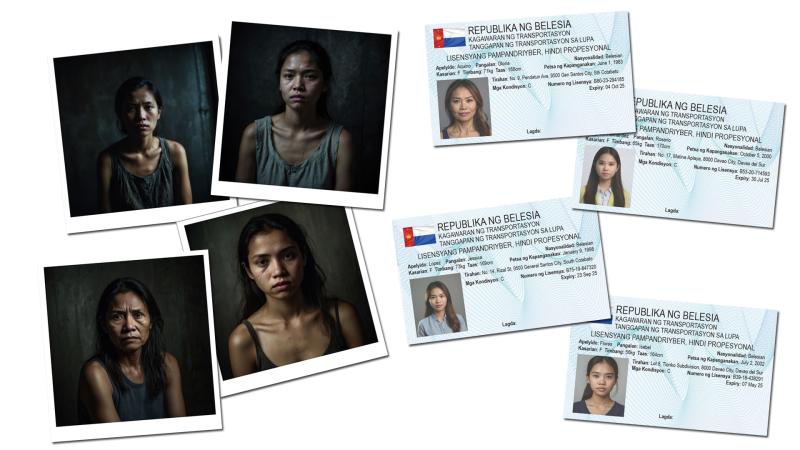
All photographs used in the scenario are AI generated. The names and addresses displayed on the licences are also generated using ChatGPT for regional authenticity.
This scenario provides one of many examples of how AI image generation tools can be used to support training activities. Beyond simply providing ‘window dressing’, AI images can depict people and things that would be too expensive, time consuming, or unethical to produce any other way. AI-generated images are used to support various stages of MP training and always contribute to realism, while also achieving deeper training goals. Here are some more examples:
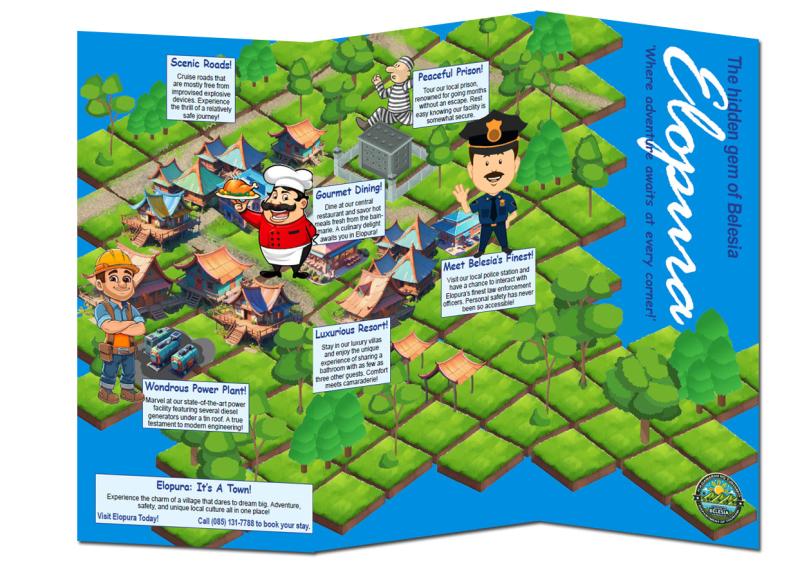
The town in which MPs conduct many of their field training exercise scenarios is depicted in an AI-generated tourist map, which trainees can use when communicating with locals to identify important locations.

Many role players processed through internment and detention facilities carry AI-generated photographs of loved ones. Trainees learn to identify personal items that detainees are permitted to keep.
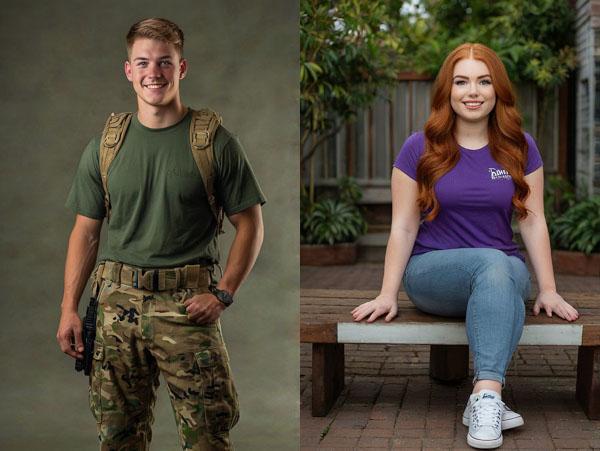
During investigation training, MPs must interview witnesses who will describe places and people. Written descriptions were previously provided to witness role players (e.g. age, build, complexion etc.). Role players now view AI-generated images and then describe people from memory to the trainee MP, adding to the realism of descriptions.
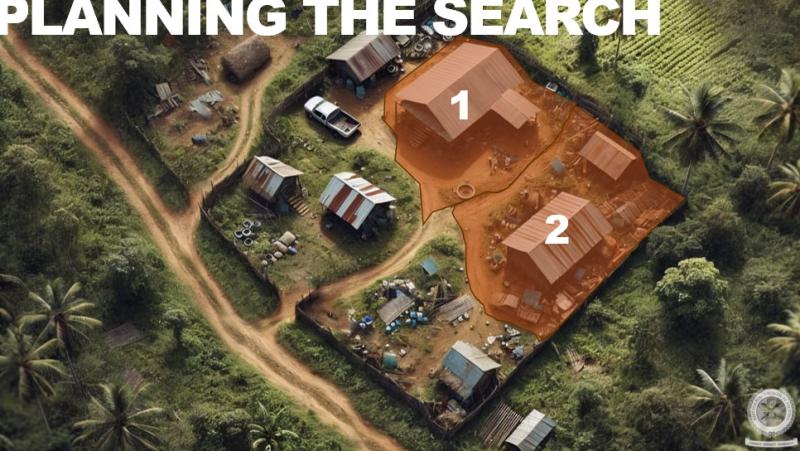
Where open-source or Defence imagery is not available to illustrate a teaching point in a lesson, AI images provide a detailed visual representation and help instructors avoid relying on dot points or large bodies of text in PowerPoint presentations.
AI Image Generation Tools
Here I will introduce two AI image generation tools, which staff at DFSP have used more than any others and found to be effective for developing training material. Both of these tools offer limited free use options that may be sufficient for producing a small number of training images. There are, of course, other viable tools for AI image generation which you may find to be more suitable for your purposes.
DALL-E (via ChatGPT) – chatgpt.com
DALL-E provides excellent prompt interpretation when compared with many other models. It also represents military weapons and equipment more accurately than most other AI tools, although not accurately enough for dedicated vehicle identification training. DALL-E typically represents images in an illustration style that is slightly less than photo-realistic.
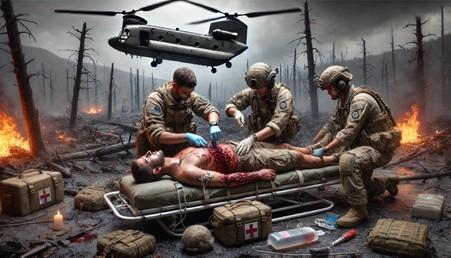
This image was generated by DALL-E using the prompt: “Two medics treat a wounded soldier who is lying on a stretcher. The soldier has suffered a severe stomach wound and is bleeding badly. The two medics are trying to save the soldier's life. Behind them is a scorched and devastated battlefield. Flying in overhead is a Chinook helicopter, coming to pick up the soldier.”
Note: DALL-E’s illustrative style, the basically correct representation of a Chinook, and the AI quirks of an unlikely battlefield patient litter, multiple medic duffel bags and (inexplicably) a candle, among others.
Leonardo – app.leonardo.ai
Leonardo is one of the best AI image generators for producing photo-realistic images. It has several image generation models, including three photo models capable of producing images that can pass for photographs. Leonardo’s prompt interpretation is not as robust as DALL-E’s however, and even after a specific prompt (such as “Chinook helicopter”) it is likely to produce only a generic representation of a vehicle type.
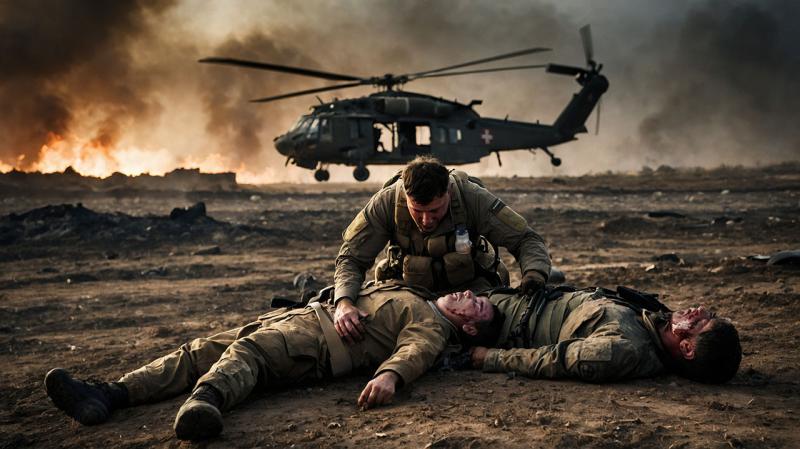
This image was generated by Leonardo based on the same prompt as the previous image. Note the higher photo-realism, but also the less accurate prompt interpretation and incorrect vehicle representation.
Writing Effective Prompts
The primary factor influencing the usefulness of an AI image is the quality of the prompt used to generate it. When seeking an AI image to support a training activity, one generally has a concept in mind. Effective prompt writing means providing the AI with all the information it needs to realise that concept. Imagine we need a background image for a lesson on conducting a building search. The two images below show the difference between basic and detailed prompts.
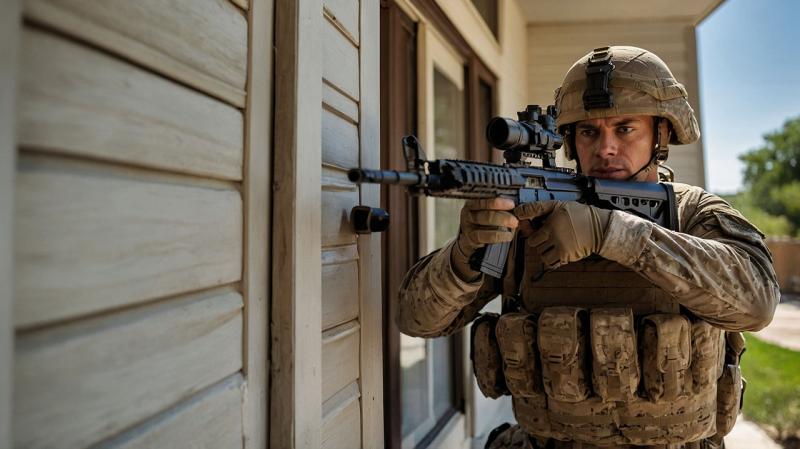
This image was generated with the prompt: “A soldier searches a house”.
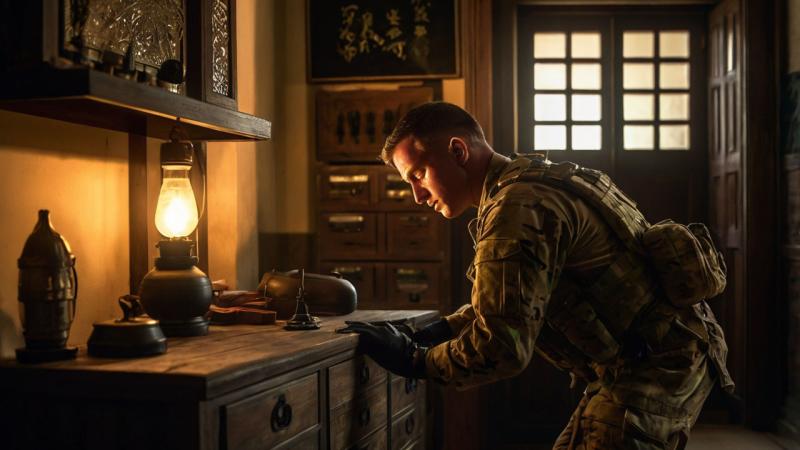
This image was generated with the prompt: “A soldier wearing multicam uniform and combat gear is pictured inside a traditional style house in South-East Asia. The Soldier wears black nitrile gloves and is searching inside the drawers of a timber cabinet. The house is lit by a warm glow from the setting sun.”
Most readers would agree the second image conveys more clearly the concept of a soldier conducting a building search. Simply adding specific detail improves the chances of generating an image that suits the training activity. A checklist can help to ensure all key points are covered in a prompt:
- Subject: Define the primary focus (e.g. "a soldier wearing multicam uniform and combat gear … the soldier wears black nitrile gloves").
- Environment: Specify the setting (e.g. "a traditional style house in South-East Asia").
- Action: Describe what is happening (e.g. "searching inside the drawers of a timber cabinet").
- Lighting/Time of Day: Add context (e.g. "the house is lit by a warm glow from the setting sun")
Many AI image generators include style options that can be selected as settings. If using ChatGPT to generate the image, it can help to include the image style in the prompt. Examples include “hyperrealistic” for photo images, and “vector art” for more cartoon-like images.
It can also help to specify the point of view or framing of the image. Consider these examples using the same prompt as before but with different modifiers for point of view and framing.
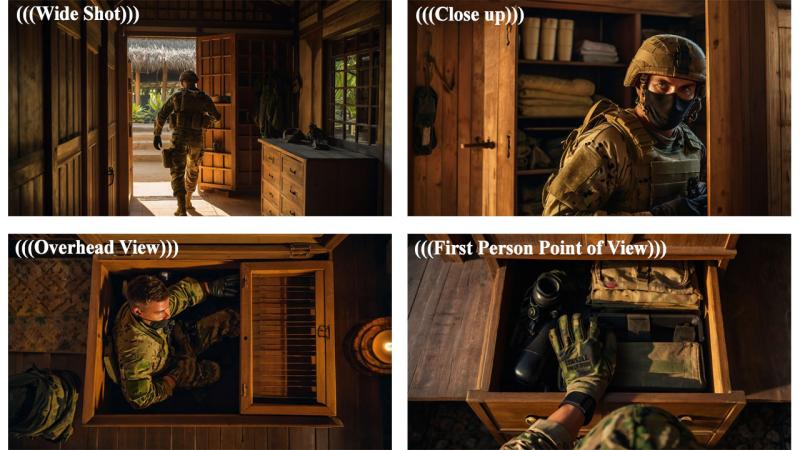
These images all use the original prompt and simply add the displayed viewpoint modifier, including the (((brackets))).
Using Reference Images
Reference images help the AI understand exactly how you want to structure the image. One of the most effective ways to use reference images is to combine the prompt interpretation abilities of DALL-E with the photo-realism of Leonardo. If we like DALL-E’s interpretation of the casualty evacuation image from earlier in this guide, but want it to look more real, we can use it as a reference image for Leonardo.
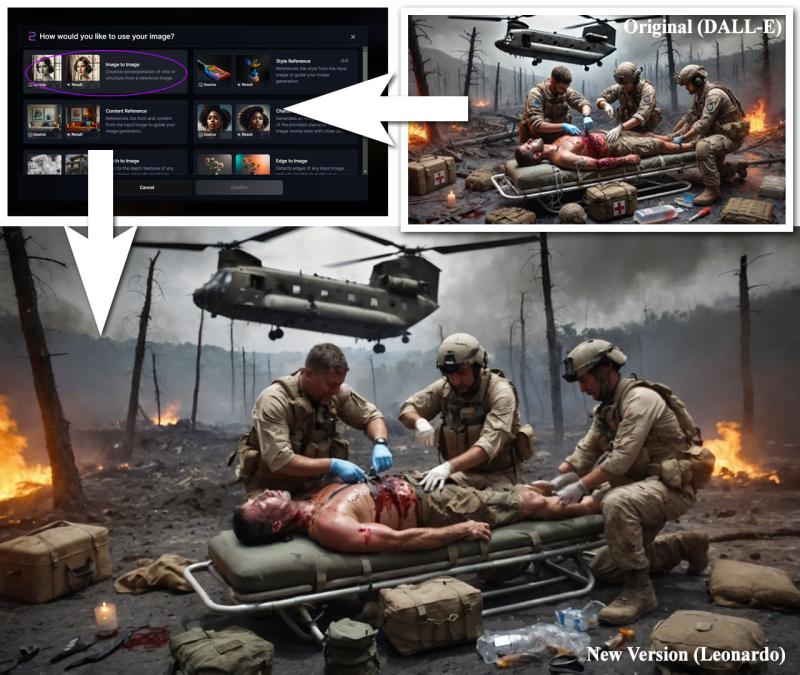
The original image has been processed as an image-to-image reference for a photo-realistic image in Leonardo, combining the benefits of DALL-E’s prompt interpretation with Leonardo’s photo rendering.
The reference feature can also be used to seamlessly integrate effects into a base image that would otherwise require significant time and skill in a photo-editing application. Imagine we need an image for a lesson on mounted operations in the urban environment.
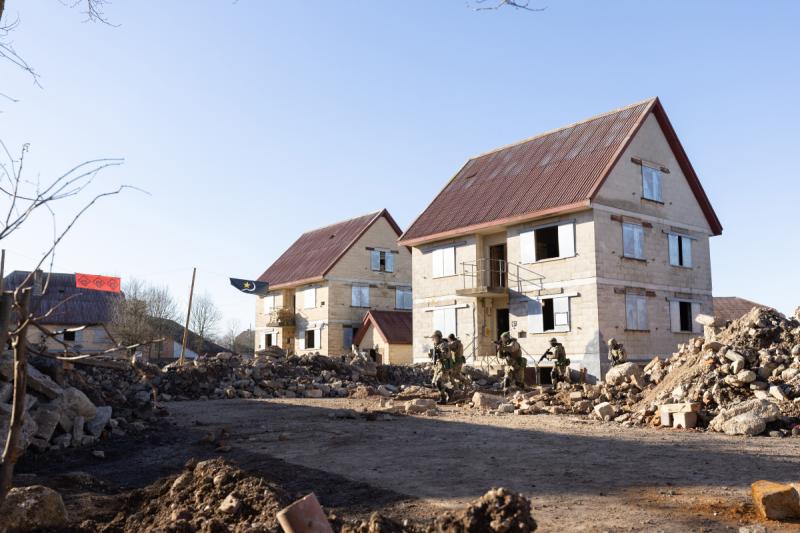
This image from the Defence Image Gallery is good, but it has no vehicles, and we also want to add some intensity to make the lesson more engaging.

These images (also from the Defence Image Gallery) will help us add the elements we need.
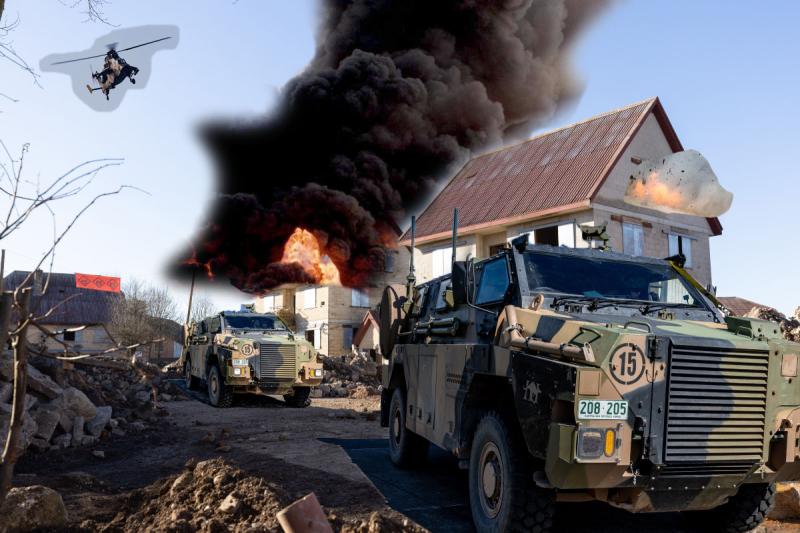
Any basic photo-editing application can help us rough in the extra elements – this can be done in PowerPoint if working on the DPN.
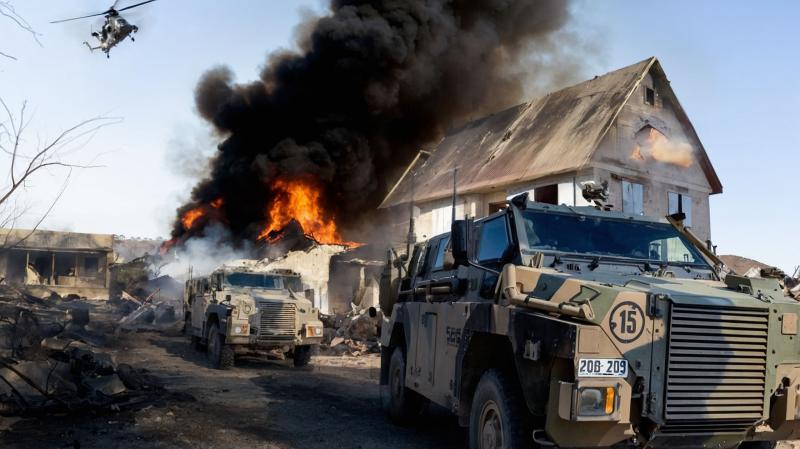
With the image above as the reference, Leonardo blends the compiled image into a single consistent photograph.
Conclusion
As with any skill, mastering AI image generation requires practice. The best way to learn the techniques described above is to assign yourself a project and work through it, experimenting and solving problems as they arise. Don’t assume, as most people do, that AI image generation means you simply press a button and the computer does all the work. AI image generation will achieve excellent results faster and cheaper than producing the same quality output using real photographs and photo-editing tools, but it is still slower and much more difficult than quickly roughing out a mediocre diagram in MS Paint. Expect hours of careful prompt revisions and edits to create a perfect series of images to support your activity. The more specific your needs, the longer it will take. Every example image featured here was one of several options generated through multiple iterations and adjustments.
The adoption of AI to military applications remains a contentious issue fraught with both practical and ethical challenges. Supporting training scenarios and lessons with AI image generation though offers an effective, low-cost, and uncontroversial means to enhance realism and provide low-level exposure to some of the confronting situations soldiers may experience when deployed. With some practice, you can go beyond simply adding AI-generated images to existing training activities and start designing new, more advanced scenarios that can’t be achieved without AI image support.
